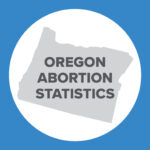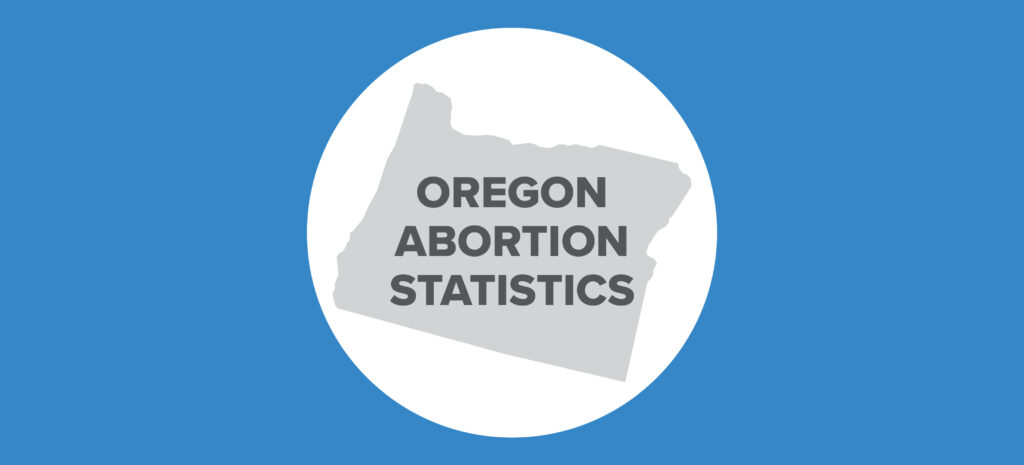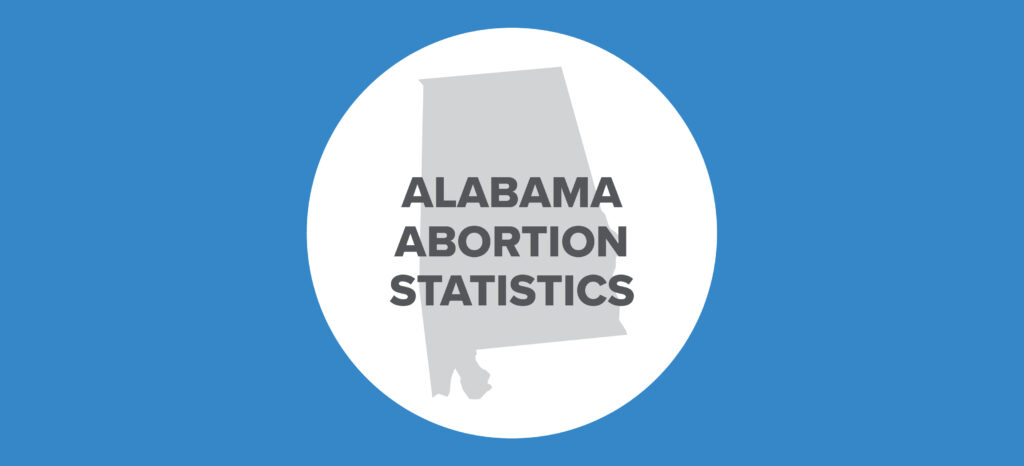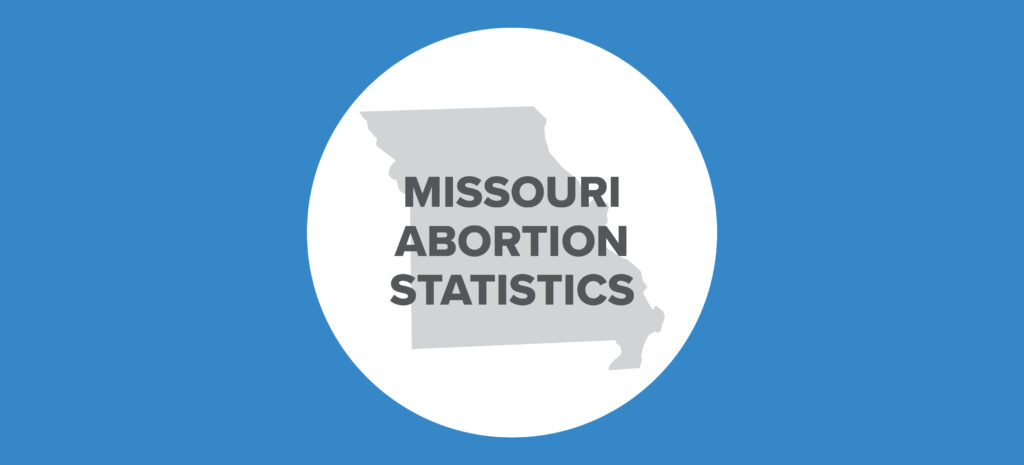Abortion Reporting: New York (2016)
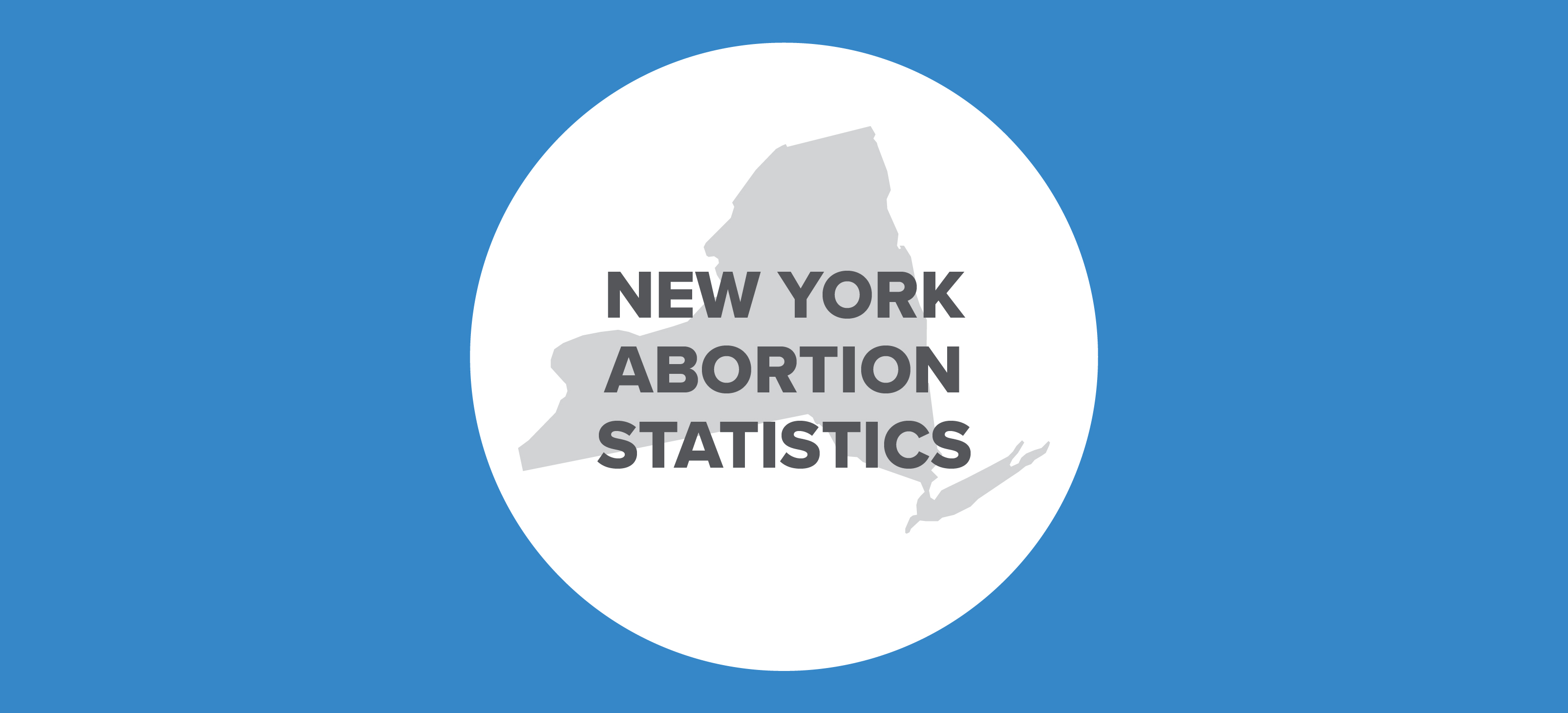
New York’s state abortion statistics for 2016 were published online in August 2018. The state’s report shows that abortion rates in the Empire State are continuing to fall even as chemical abortions increase and the state attempts to expand funding for abortion.
Changes in New York Abortions, 2014-2016

Abortion Totals and Trends
According to New York’s abortion report, there were 82,189 abortions performed on New York residents in 2016. The 2016 report is not comparable to the report for 2015 – the 2015 abortion report did not include abortions performed on New York City residents, while the 2016 report includes all abortions performed on residents, both of New York City and the rest of the state. However, abortion in New York has been trending downward for the past decade. Reported abortions declined by 12 percent over a two-year period, dropping from 93,299 abortions in 2014 to 82,189 in 2016. Over the same time period, chemical abortions have increased. Chemical abortions rose two percent from 19,795 in 2014 to 20,143 in 2016; since 2001, the first full year after the U.S. Food and Drug Administration approved the use of the chemical abortion drug Mifeprex, chemical abortions have skyrocketed by almost 400 hundred percent. In 2016, chemical abortions made up a quarter of all abortions performed on New York residents. The Charlotte Lozier Institute estimates that New York’s state abortion rate dropped from 23 abortions per 1,000 women of childbearing age in 2014 to 20 abortions per 1,000 women in 2016. Sixty-nine percent of the abortions were performed on New York City residents, while the remaining 31 percent were performed on women from the rest of the state.
State Report Summary
Of the 82,189 abortions performed on New York residents in 2016, 57 percent were performed on women in their twenties. Thirty percent were performed on women in their thirties, and four percent were performed on women age 40 or older. Almost 8,000 abortions, 10 percent of the total, were performed on girls under the age of 20.
Thirty-eight percent of reported abortions were performed on black women. Thirty-one percent were performed on white women, and another 31 percent were performed on women of another or unknown race. Overall, white women make up two-thirds of New York’s population of women of childbearing age, and black women make up 20 percent.
Half of the abortions reported in New York were performed on women who had had abortions previously. Twenty-three percent of the women reported one previous abortion, and 27 percent reported two or more. Forty percent had never had an abortion before, and ten percent were not accounted for by the abortion report.
In 2016, a high majority of abortions – 91 percent – were performed in nonhospital facilities, while nine percent were performed in hospitals. Most abortions reported in New York occurred in the first trimester. Sixty-four percent were performed earlier than nine weeks of gestation, while 13 percent occurred between nine and 10 weeks and six percent were performed between 11 and 12 weeks of gestation. Four percent of reported abortions occurred early in the second trimester between 13 and 15 weeks of gestation. Three percent were performed between 16 and 19 weeks, and two percent – 1,763 abortions – were performed at 20 weeks of gestation or later, more than halfway through pregnancy. Gestational age was not reported for eight percent of the abortions performed on New York residents.
New York law prohibited abortions after 24 weeks of gestation unless the mother’s life was at risk, although in 2016 the state’s attorney general issued an official opinion interpreting the law to allow abortions after 24 weeks if the baby was not viable or the mother’s health was at risk. New York attempted to codify these expansions into law as part of the 2019 budget, but the effort initially failed. New York Gov. Andrew Cuomo called on the General Assembly to pass the expanded abortion law and threatened to veto the state budget measure if the expansions were not included. After the 2018 midterm election brought more pro-abortion policymakers to the New York legislature, the “Reproductive Health Act” was passed in January 2019, decriminalizing abortion and creating broad loopholes to allow abortions after 24 weeks.
Paying for Abortion
New York is one of 17 states that pay for abortion using tax dollars. The state Medicaid program funds abortions that are “medically necessary,” which refers to treatment for “conditions in the person that cause acute suffering, endanger life, result in illness or infirmity, interfere with his/her capacity for normal activity or threaten some significant handicap.” In 2016, almost half of all abortions performed on New York residents were covered by Medicaid, and the state seeks to further compel New Yorkers to fund abortion. In January 2017, the governor released an executive action requiring all insurance carriers to fully cover “medically necessary” abortions with narrow exemptions for religious organizations. According to the 2016 abortion report, 31 percent of the abortions performed on New York residents were covered by private insurance, and 16 percent were self-pay.
State Ranking
In a Charlotte Lozier Institute study that evaluated the 50 states, New York City, and the District of Columbia on the quality of their abortion reporting, New York was ranked at a relatively low 39th place. New York collects, but does not report, data on the levels of education of women getting abortions, previous births, and complications from abortion. Additionally, the state does not require doctors to report evidence that the baby was viable, whether there was a medical emergency, and women’s reasons for choosing abortion. As New York imposes additional abortion coverage, improved reporting is particularly necessary to demonstrate the impact of new rules and regulations.
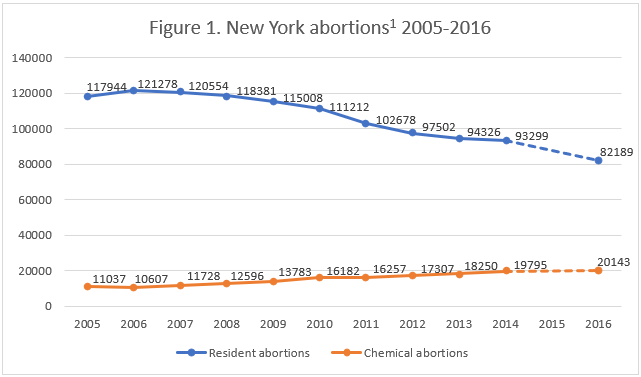

- In 2015, New York excluded abortions performed on New York City residents from the annual state abortion report. Consequently, the abortion totals reported in 2015 are not comparable to those of other years.
- New York does not report the state abortion rate. Rates were calculated by the Charlotte Lozier Institute using population estimates from the United States Census Bureau. The rates were calculated using the following formula: (Number of abortions performed on New York residents ÷ number of resident women ages 15-44) x 1,000.
Click here to view reporting from:20212020201920182017
Click here to view reporting from New York City:202120202019










